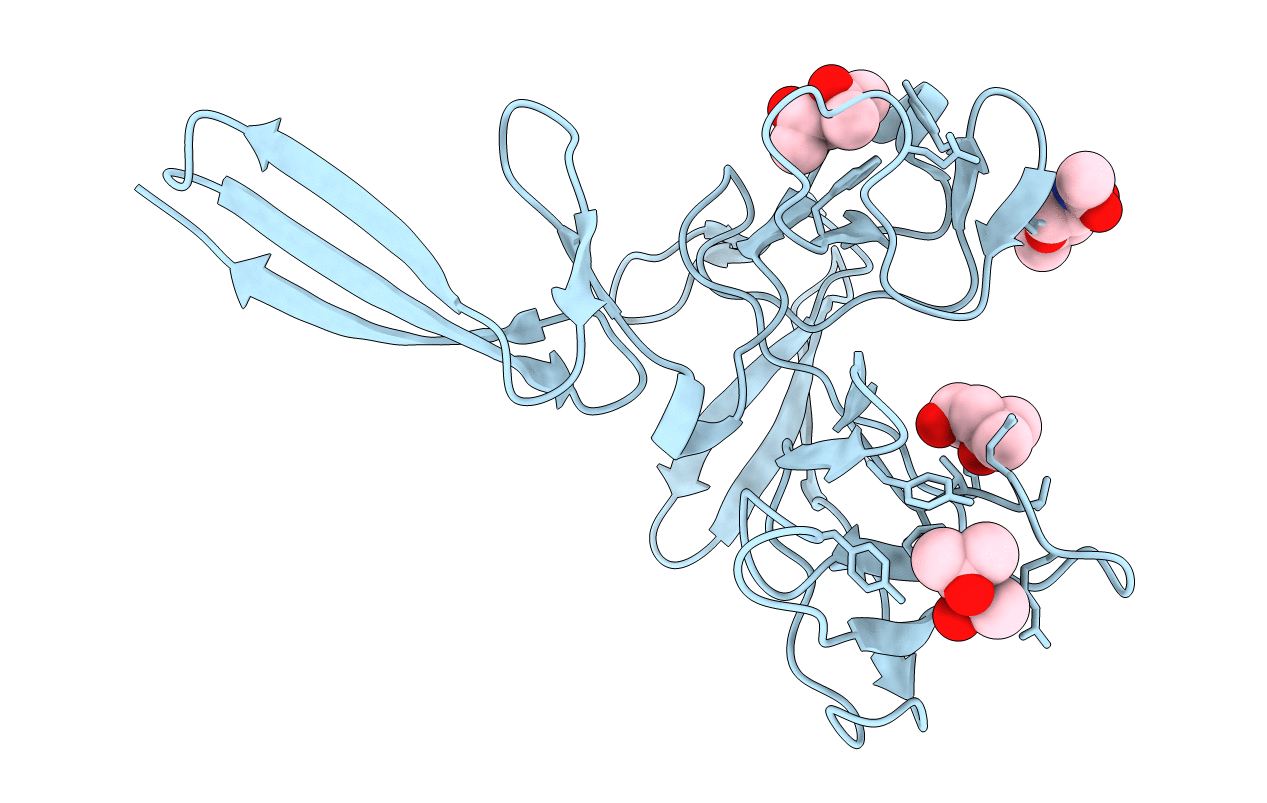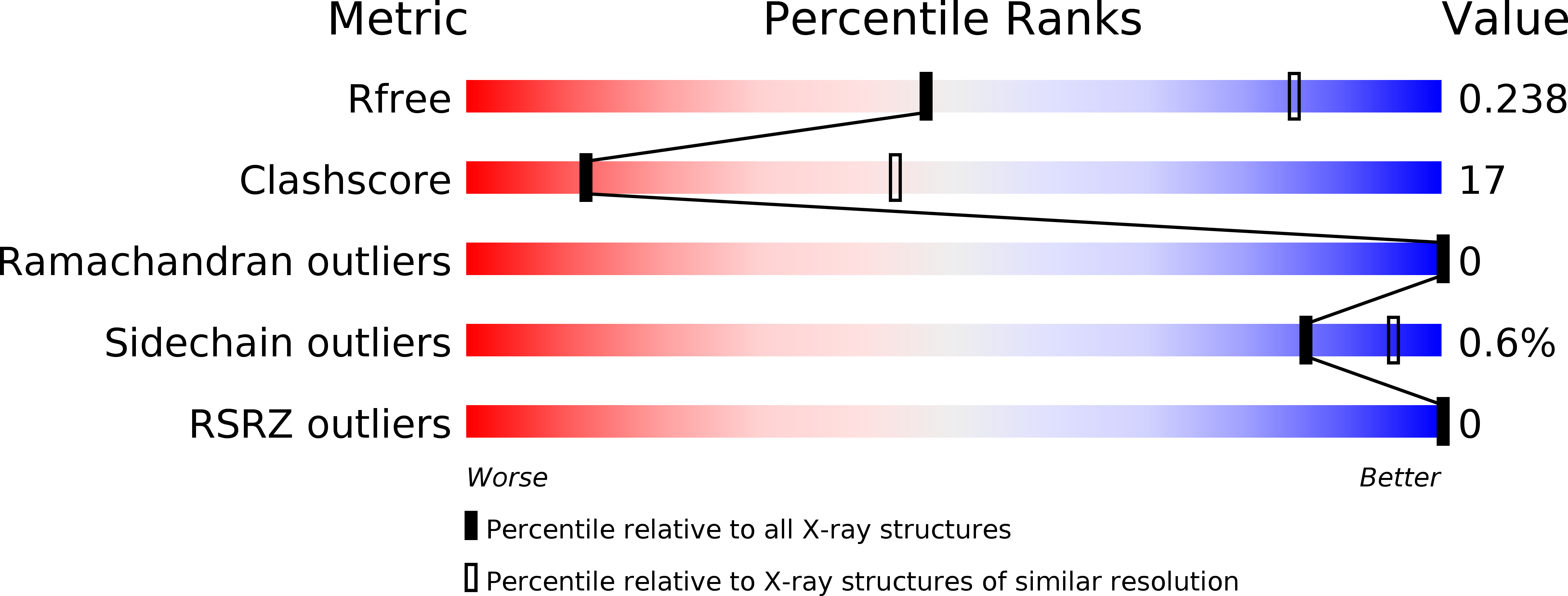
Deposition Date
2010-04-28
Release Date
2010-08-25
Last Version Date
2024-10-30
Entry Detail
PDB ID:
3MQL
Keywords:
Title:
Crystal structure of the fibronectin 6FnI1-2FnII7FnI fragment
Biological Source:
Source Organism:
Homo sapiens (Taxon ID: 9606)
Host Organism:
Method Details:
Experimental Method:
Resolution:
3.00 Å
R-Value Free:
0.23
R-Value Work:
0.20
R-Value Observed:
0.20
Space Group:
I 41 2 2


